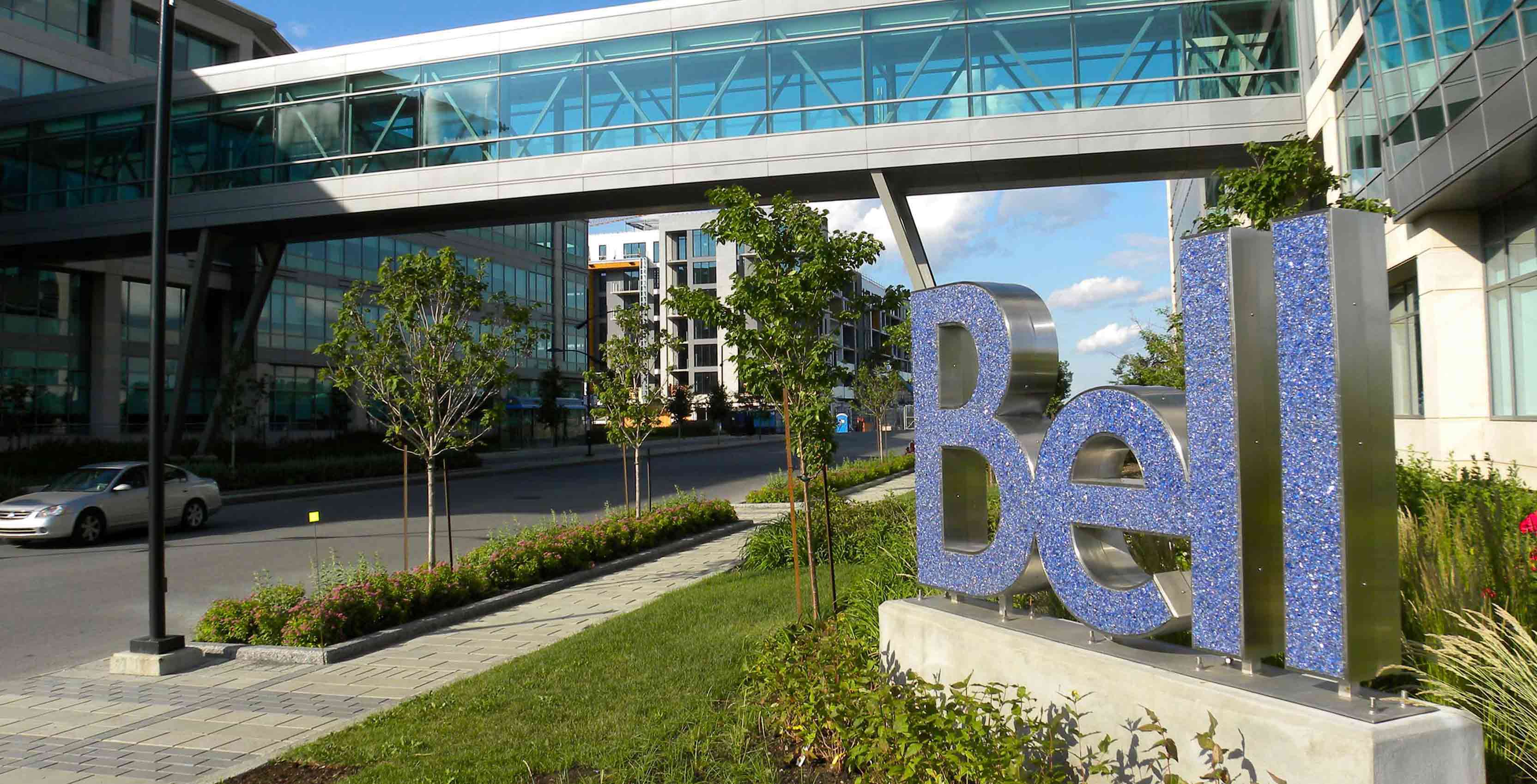
Bell has announced its LTE-Advanced network has reached data speeds of a Gigabit-per-second in recent deployment testing.
The telecom says its successfully tested Gigabit LTE-A in a real-world environment in Mississauga, Ontario and plans to roll out its enhanced network to locations throughout the country in 2018, in pace with the arrival of smartphones that are truly capable of 1Gbps speeds “later this year.”
“With theoretical speeds as high as 1.5 Gbps, Bell’s enhanced LTE-A network will be ready as our smartphone partners launch their new generation of Gigabit-capable devices,” said Bell’s chief technology officer, Stephen Howe, in a press statement.
As things stand now, there are few devices that can take advantage of Gigabit LTE, and even those that do won’t get truly gigabit speeds in the real world — but should still see significantly enhanced speeds of several hundred megabits-per-second.
Gigabit LTE requires three main things from both carrier and smartphone in Canada: four-carrier aggregation, a method that pieces together different slices of spectrum to create a broader path; 256-QAM, an advanced form of encoding that allows for higher data rates; and 4×4 MIMO antennas, which requires four physical antennas to boost the capacity of a connection.
Currently in the Canadian market, devices with those features stock Qualcomm’s X16 modem. That includes the Samsung Galaxy S8, Samsung Galaxy Note 8 and HTC U11, among others.
MobileSyrup has reached out Bell to confirm which devices will see the full benefit of Gigabit LTE on its network.
Bell rolled out support for Quad Band LTE, or four-carrier aggregation, in April 2017, allowing for theoretical speeds of up to 750Mbps. The carrier says it has now boosted those speeds through a combination of carrier aggregation and 4×4 MIMO technology.
The carrier will also support Licensed Assisted Access (LAA) technology to aggregate unlicensed 5GHz spectrum with licensed spectrum in order to increase speeds.
LAA allows carriers to use unlicensed spectrum — think of the spectrum used for Wi-Fi — to enhance its LTE capabilities.
Over 2016 and 2017 Bell has worked with both Nokia and Huawei as telecom infrastructure partners.
As for the carrier’s competitors, Telus announced in September 2017 it was able to achieve download speeds of 970Mbps indoors and 966Mbps outdoors in a test in downtown Vancouver, partially through the use of LAA.
Most recently, Rogers brought its LTE-A network to Manitoba, though it didn’t specify speeds.
Additional reporting contributed by Igor Bonifacic.
Source: Bell


